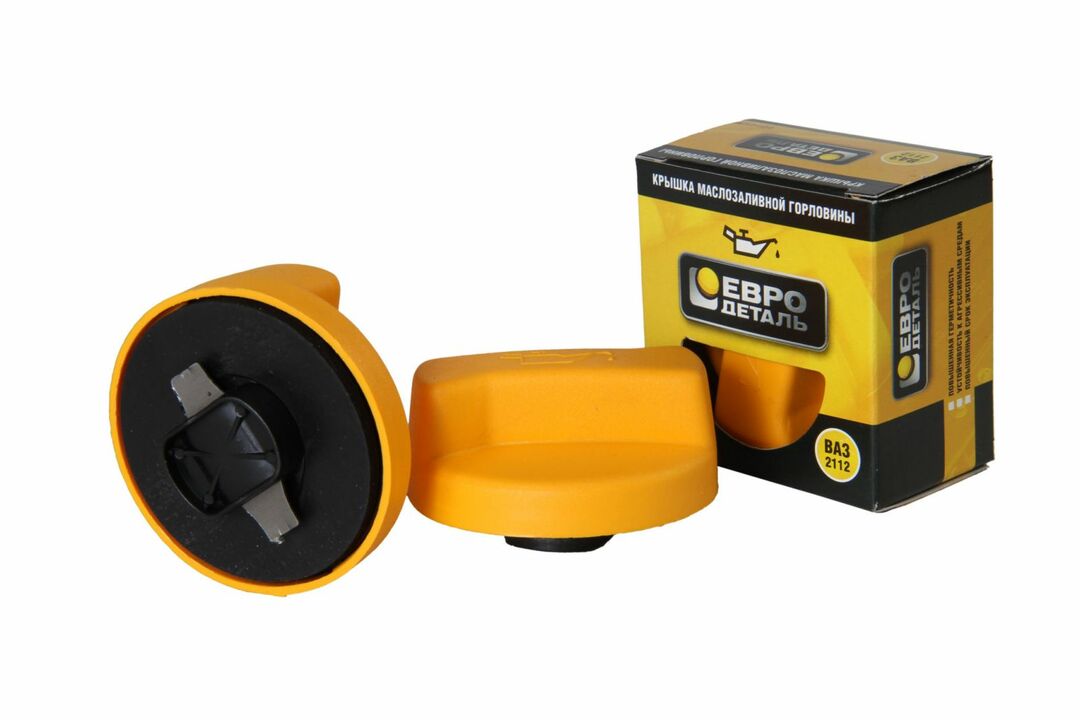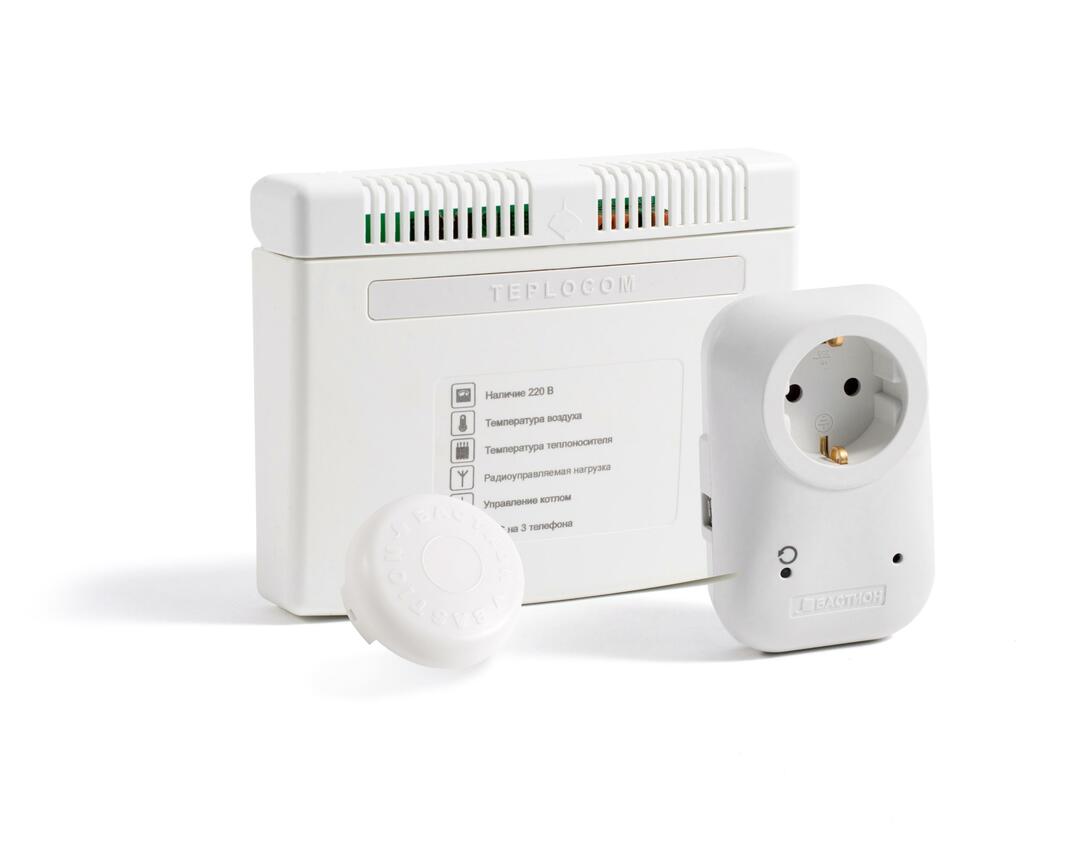Dracaena deremskaya, or deremensis (lat. Dracaena Deremensis), is a plant of the Agave family. It does not require the creation of special conditions, but it reacts to extremely low or high temperatures. This perennial plant is a semi-shrub with a dense crown, for the preservation of decorative properties, it is important to regulate the humidity of the air, to ensure a sufficient level of illumination and protection from pests.
Content
- 1 Description of dracaena deremskoy
- 1.1 Briefly about the history of appearance
- 1.2 Common varieties
- 1.3 Healing properties
- 1.4 Shade tolerance
- 2 What to do right after buying a flower
- 3 Growing and caring at home
- 3.1 Lighting and a comfortable place
- 3.2 Fertilizers and irrigation regime
- 3.3 Air temperature and humidity
- 3.4 Transplant timing and technology
- 3.5 Pot and soil
- 3.6 Pruning
- 4 Breeding methods
- 4.1 Apical cuttings
- 4.2 Stem cuttings
- 4.3 Seeds
- 5 Dracaena flowering period
- 6 Growing problems
- 6.1 Drops buds and leaves
- 6.2 Leaves turn pale
- 6.3 The tips of the leaves dry
- 6.4 The lower leaves fall
- 6.5 Diseases and pests
Description of dracaena deremskoy
The height of the plant is 1.5 m. During the entire period of development, its appearance changes significantly. For example, at the initial stage, the dracaena looks like a small shrub, the stem is hidden behind the leaves. When the culture grows, it looks more like a palm tree: a high trunk of significant thickness, the leaves are concentrated at the top.
In natural conditions, when no pruning is performed, the plant grows to 3 m in height. In an apartment / private house, a crown is formed, so lateral shoots appear. Due to this, the flower looks more magnificent. The main feature of the deremskaya dracaena is the color of the leaves: they are dark green, along the edge there is a light (white-yellow) edging.
Flowers rarely appear in a plant if you grow it at home (once every 8-10 years). But in most cases, the buds do not form at all during the entire growth period.
Dracaena flowers are red on the outside, white on the inside. Under natural conditions, after a period of budding, small fruits of a yellow hue appear.
Briefly about the history of appearance
The homeland of the plant is Africa, Asia, and dracaena is found in the regions of the tropical and subtropical zones. It is believed that it was first brought from the Congo or the Canary Islands. The flower got its name thanks to beliefs - the legend of the defeated dragon, whose blood sprinkled the earth. This is how the name of the genus of plants appeared - Dracaena. Translated from Latin, it means "dragon blood". The flower got its name for its ability to emit red resin. Despite belonging to the genus Dracaena, Dracaena deremskaya does not differ in such properties.
Common varieties
There are many types of such a plant. But some of them are more common. This is due to the excellent decorative properties and the ability of the plant to preserve them even in conditions that are not comfortable for development. The most common varieties are stronger than others:
- Lemon Lime;
- White Stripe;
- Varneski;
- Janet Craig.
Healing properties
Thanks to the flower, the psycho-emotional state improves. Dracaena helps to cope with stress. At the same time, the protective functions of the body increase. Dracaena purifies the air, removes harmful compounds. This plant relieves headaches. Thanks to him, the general condition of the body improves.
Shade tolerance
The plant does not tolerate exposure to direct sunlight, but it is also uncomfortable in dense shade. In such conditions, the brightness of the color of the leaves decreases, at the same time development slows down, and the risk of developing diseases also increases.
What to do right after buying a flower
It is necessary to assess the general condition of the dracaena. So, if she looks healthy, without signs of disease (there is no lethargy, pigmentation, etc.), it is recommended to wait 1-2 weeks. This period is allotted for the adaptation of the flower in new conditions. Dracaena immediately reacts to stressful situations for her (moving to a new place, transplanting) by changing her appearance, inhibiting development. However, if the flower looks weakened, signs of wilting have appeared, you need to transplant it into a new, larger pot with fertile soil.
Growing and caring at home
In this case, it is not required to create special conditions, it is enough to maintain the temperature and humidity of the air at the desired level. The flower grows well in bright light in fertile soil, which is moistened as needed. It is also important to prune regularly to shape the crown and control the height of the flower.
Lighting and a comfortable place
It is necessary to install the plant in areas where there are no drafts, where direct sunlight does not fall. It is best to place the flower a few meters from the window: 1 m on the south side, 2-3 m on the north. This distance is sufficient to avoid burns (white spots) due to direct sunlight.
Fertilizers and irrigation regime
It is necessary to moisten the soil when the need arises, as is the case with many other evergreens plants (for example, Benjamin's ficus): when the surface layer of the soil dries up to a thickness of 2-3 cm from surface. In winter, the frequency of watering is reduced, in summer, on the contrary, it increases. It is recommended to moisten the soil every 2-3 days during the warm season. In winter, dracaena is watered once every week.
If it is hot at home or due to the functioning of the heating system, the air becomes dry, during the cold season the plant is watered more often - 2 times a week.
The soil is fertilized regularly, but the frequency of feeding depends on the season of the year. For example, in spring, dracaena is actively developing, this process does not end until the end of autumn. At this time, the soil is fertilized once a week. In winter, you do not need to feed the plant with useful substances.
Air temperature and humidity
The recommended temperature regime is + 18... + 25 ° С. At the same time, the dracaena develops well, does not lose its decorative properties. Cooling down leads to a slowdown in flower growth. Dracaena tolerates temperature changes up to + 16 ° C well. However, a long stay in a cooler microclimate (+ 12 ° C) will lead to the death of the flower.
The recommended level of air humidity in the room is 40-80%. In summer, as in winter with a functioning heating system, the value of this parameter decreases significantly. In addition to watering, you need to organize spraying of the plant with a spray bottle. This measure is applicable to larger plants. Small shrubs can be watered with a shower in the bathroom.
Transplant timing and technology
Replacement of soil and pot is carried out in the spring, when the phase of active growth of the flower begins. Transplanting frequency - once a year (for young plants). It is better not to disturb an adult dracaena again. It needs to be transplanted when necessary (the pot has become small, the soil turns sour, since drainage is not provided), but not more often than once every 2-3 years. Technology:
- The soil in the pot must be pre-moistened. The flower with the root system is removed from the container, while you need to act so as not to damage the roots.
- The soil is removed.
- The roots are placed in a new pot in the center, from below there should be drainage (sand, expanded clay) and a small layer of soil.
- They begin to cover the container with soil. Then it is lightly rammed.
Pot and soil
It is recommended to use a special substrate for dracaena. It can be purchased at flower shops. It is necessary to use deciduous soil or slightly acidic soil (pH not more than 6.5). In the first case, sand is added, in the second - rotted manure.
When choosing a pot, take into account its shape and size. The capacity should exceed the diameter of the root system by 3-4 cm (1.5-2 cm on each side). There should be holes at the bottom. For an adult dracaena, it is recommended to purchase a glass-shaped pot, for young plants this parameter does not matter, any small container will do.
Pruning
If it is not planned to grow a tall shrub, it is cut off. For this, part of the stem is removed at the level of shoot growth.
Breeding methods
Consider various methods: using seeds, cuttings. The first method is more difficult to implement, since the plant does not produce fruits at home, but you can find seeds in specialized stores. The method of grafting is more often used. It is easy to implement, because when pruning, young shoots always remain.
Apical cuttings
The duration of the development of new plants is 2 months. Pre-dried cuttings should be used. A few hours after trimming, they must be placed in water (use a filtered or settled liquid). To accelerate growth, additives are used (Kornevin, Epin). After the roots appear, the plant is planted in the ground.
Stem cuttings
When pruning dracaena is performed, a significant part of the trunk is removed. It can be used for plant propagation: cut into several parts, planted in the ground (vertically or horizontally). The recommended temperature regime for active flower growth is at least + 24 ° С.
Seeds
The disadvantage of this method is the loss of leaf color. Seeds should be soaked for 24 hours before use. Prepare pots no more than 10 cm in diameter, lay sand, expanded clay on the bottom, and on top - soil intended for seedlings. The total drainage layer is 1.5 cm. Place 1 grain in each container. Moreover, the maximum depth is 1 cm. The pot is covered with polyethylene, placed in the light, the recommended temperature is at least + 25 ° C.
Dracaena flowering period
The buds are collected in inflorescences. They are located not on the peduncle, as in some plant species of this family, but in the leaf axils. Even if all the rules of care are followed, it is difficult to provide conditions that exactly correspond to natural ones, so the flowering period often does not come.
Growing problems
Insufficient care contributes to the deterioration of the appearance of the ornamental plant. Spots of different colors appear, leaves are deformed. Over time, the bush stops developing.
Drops buds and leaves
This is how the lack of nutrients is manifested. Falling leaves and buds occurs due to a violation of the feeding regime. Fertilizers are applied irregularly to the soil, in insufficient quantities, or they are not suitable in composition. There is a top dressing especially for dracaena and palm trees. It should be used 2-4 times a month, in winter - 1-2 times a week (if the crown is thinning).
Leaves turn pale
When the color of the leaves becomes lighter, it is enough to move the pot of dracaena to a lighted area. In summer, it can be taken out onto the balcony, but not in direct sunlight. The light should be diffused, even if the plant is in dire need of intense lighting. In winter, lighting devices are used for this.
The tips of the leaves dry
Probable reasons:
- prolonged exposure to low temperatures;
- lack of nutrients.
If negative factors are eliminated, the appearance of the plant will gradually improve.
The lower leaves fall
This is a normal process, as the stiffness of the stem manifests itself. As a result, the bark grows, and the points of development of shoots in this area fall asleep, become inactive even in the period from March to November. However, if this process develops too intensively (the lower leaves fall off quickly and in large quantities), the reasons may be different:
- excess moisture;
- infection, including the attack of microscopic insects, ticks.
Diseases and pests
Infections and insects that occur when growing dracaena:
- powdery mildew - develops as a result of fungal infection, fungicides are used to destroy white plaque, and it is also necessary to regularly clean the leaves from dust, spray with a spray bottle or wipe them damp rags;
- spider mite - while light dots appear on the leaves, pigmentation (brown spots), cobwebs, to destroy pests use acaricides, insecticidal agents will only help reduce the activity of parasites and reduce the rate of their reproduction, but do not destroy pests;
- scale insects - first dark spots appear, then the leaves completely dry out, insectoacaricides are used to combat such pests;
- thrips - live on the underside of the leaves, while insects leave behind light dots; biological products or insectoacaricides are used to destroy such individuals.
Before you start treating the plant with the chosen agent, you need to remove the infected leaves. Regular inspection of the dracaena will allow you to detect pests in time in the future.
Most often, mites and insects hide on the underside of the leaf, and eggs are left here. Processing is carried out several times with a break of 5-21 days, which depends on environmental conditions. Almost all insectoacaricides have no effect on eggs, and it is necessary to wait for the larvae to appear. The duration of the period of their development depends on the parameters of the air, therefore, they withstand a break between processing procedures.



